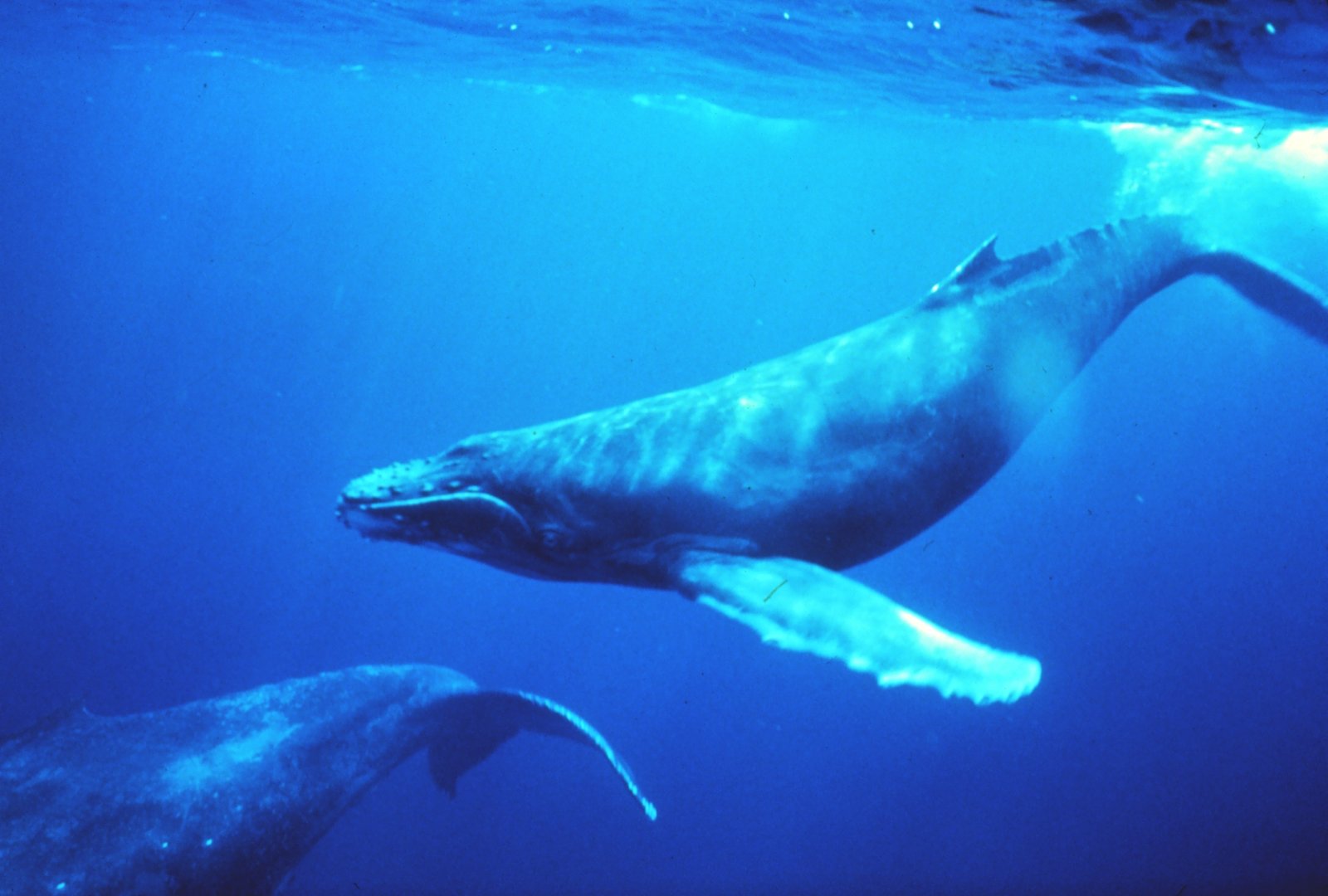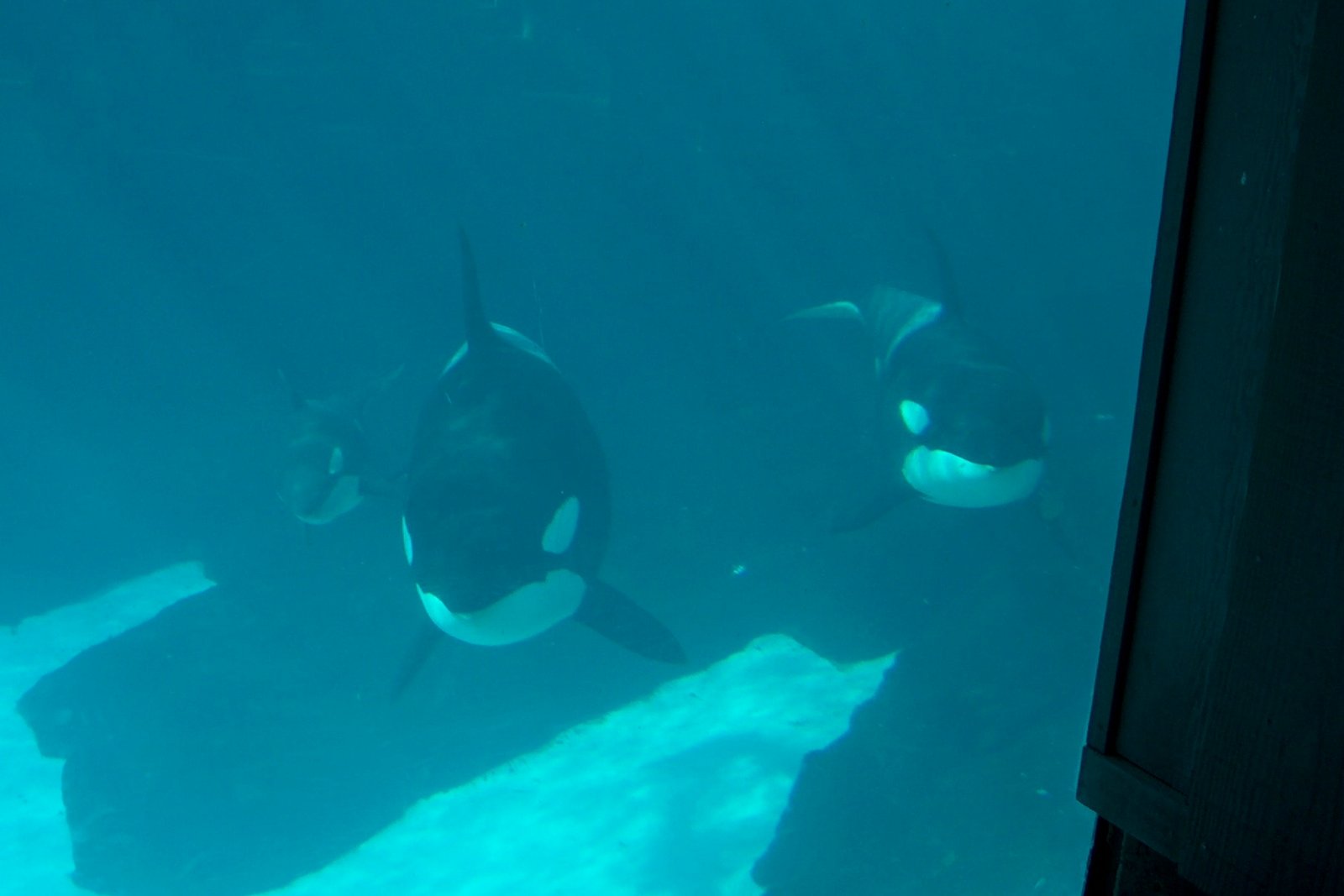Imagine standing at the edge of a vast ocean, listening to haunting melodies and clicks echoing beneath the waves—whale songs, mysterious and beautiful, drifting through the blue. For centuries, humans have been both awestruck and perplexed by these sounds, wondering what secrets lie within them. Are whales simply calling out to one another, or is there a deeper, richer tapestry of meaning woven into their songs and clicks? Today, with advances in technology and a surge of scientific curiosity, researchers are coming closer than ever before to unlocking the language of these gentle giants. What if the answers we seek about communication, intelligence, and connection are swimming just below the surface?
Unraveling the Mystery: What Makes Whale Communication So Fascinating?
Whales don’t just make noise—they create an entire underwater symphony. From the soulful songs of humpback whales to the rapid-fire clicks of sperm whales, each species has its own signature sounds. These aren’t random noises; scientists believe they serve specific purposes, like navigation, finding food, and even forming relationships. The sheer complexity of these sounds has inspired countless researchers to dive deeper, hoping to understand what whales are really saying to each other. There’s still so much mystery: some whale songs can last for hours and travel thousands of kilometers, leaving us to wonder about their purpose and meaning. The intrigue is irresistible—like piecing together a puzzle that stretches across continents and centuries. For many, it’s not just about science; it’s about connecting with another form of life on an entirely new level.
The Science of Cetacean Sounds: Songs, Clicks, and Whistles
Whale communication isn’t just about singing; it’s a medley of sounds, each with its own role. Humpback whales, known for their mesmerizing songs, use complex patterns of moans, cries, and howls that can be heard for miles. In contrast, dolphins and orcas produce high-pitched whistles and clicks, which serve as a sort of sonar—helping them “see” their environment through sound. These clicks can also act as a unique signature, almost like a name, identifying individual animals within pods. Scientists now use underwater microphones, called hydrophones, to record and analyze these sounds in detail. This technology has revealed that whale calls have distinct structures, with repeated phrases and themes, suggesting a level of linguistic complexity that rivals some of the most advanced animal communication systems on the planet. The variety and richness of these sounds are a testament to the intelligence and social sophistication of cetaceans.
Social Lives Underwater: The Role of Communication in Whale Communities
Whales are highly social animals, living in groups called pods that can be as tight-knit as a family or as sprawling as a village. Communication is at the heart of these relationships, helping whales coordinate hunting, care for young, and even resolve conflicts. For example, orcas use a unique dialect within each pod, with different groups having their own “accent” or vocabulary. This is similar to how humans from different regions speak with distinct accents and slang. When a group of sperm whales clicks in unison, it’s not just noise; it’s a chorus of information, possibly conveying identity, emotional states, or plans. Scientists have even observed whales “teaching” their young through sound, passing down knowledge from one generation to the next. This social complexity hints at a depth of consciousness and culture we are only beginning to grasp.
A Leap Forward: Artificial Intelligence and Decoding Whale Language
The dawn of artificial intelligence is transforming the study of whale communication. Researchers are now using powerful AI algorithms to sift through mountains of whale sound recordings, searching for patterns that humans might miss. By analyzing thousands of hours of clicks, whistles, and songs, AI can identify repeated sequences, cluster similar calls, and even suggest possible meanings. One groundbreaking project, known as Project CETI, is dedicated to decoding sperm whale communication using machine learning. The hope is that, much like deciphering ancient human scripts, we might one day translate whale sounds into something we can understand. With AI in the mix, the pace of discovery has accelerated, offering tantalizing glimpses into the minds of these enigmatic creatures.
Signature Whistles: Do Whales and Dolphins Have Names?
One of the most surprising discoveries in cetacean research is the concept of “signature whistles.” Bottlenose dolphins, in particular, seem to create unique whistle patterns that function like personal names. When separated from their pod, they’ll repeat their signature whistle, almost like calling out, “Hey, it’s me!” Other dolphins recognize these whistles and respond accordingly, suggesting a level of individual recognition and social awareness once thought to be uniquely human. This finding has sparked intense debate among scientists about the extent of self-awareness in cetaceans. Are these names, as we understand them, or something even more complex—a blend of identity, emotion, and memory encoded in sound?
Long-Distance Conversations: Whale Songs That Travel Across Oceans

Humpback whale songs are among the most powerful and enduring natural sounds on Earth. These songs can travel thousands of kilometers, crossing entire ocean basins. Scientists have discovered that whales in different regions can synchronize their songs, creating a sort of “wave” of melody that moves across the globe. This raises fascinating questions: Are these whales sharing information about migration routes, food sources, or even environmental changes? Some researchers speculate that these long-distance conversations could help keep populations connected, even when separated by vast distances. The idea that whales might be maintaining a global network through song is both awe-inspiring and humbling.
Mother and Calf: Tender Bonds and Early Communication

The relationship between a whale mother and her calf is one of the most touching in the animal kingdom. From the moment of birth, mothers and calves communicate through gentle sounds—low moans, soft clicks, and subtle body movements. These early interactions are crucial for bonding, teaching, and protection. In the noisy ocean, a mother must keep her calf close and safe, so their private “language” is often quiet and secretive, minimizing the risk of attracting predators. Scientists studying these interactions have observed that calves quickly learn to recognize their mother’s unique sounds, much like a human baby learns to identify its mother’s voice. This delicate communication is a testament to the deep emotional lives of whales.
The Power of Culture: Do Whales Have Traditions?
Culture isn’t just a human thing—whales have it too. Different whale populations have distinct ways of hunting, singing, and even playing. These behaviors are passed down from older to younger whales, sometimes changing and evolving over time. For instance, orcas in the Pacific Northwest have been observed teaching their young specific hunting techniques, such as beaching themselves intentionally to catch seals. Similarly, humpback whales in different regions sing slightly different versions of their songs, and these songs can change year by year as new “verses” are added. The presence of culture in whale societies challenges our assumptions about what it means to be intelligent and social.
Sperm Whales: Masters of Morse Code?
Sperm whales communicate using rapid bursts of clicks, called “codas,” which are eerily reminiscent of Morse code. These codas are so precise and complex that some scientists believe they might represent an advanced form of language, possibly even containing grammatical rules. Researchers have cataloged dozens of different coda patterns, some of which seem to be unique to specific social groups, almost like a family dialect. By studying these codas, scientists hope to uncover the secrets of sperm whale society—how they share information, maintain social bonds, and perhaps even express emotions or ideas. The challenge lies in translating these patterns into something meaningful for humans, a task that continues to captivate and frustrate researchers.
Challenges in Decoding Whale Language: The Ocean’s Acoustic Maze
Despite the excitement around whale communication, decoding it is far from easy. The ocean is a noisy place, filled with sounds from ships, storms, and other animals. Isolating whale calls from this cacophony is like trying to hear a whisper in the middle of a rock concert. Additionally, whales often use sounds at frequencies beyond human hearing, requiring specialized equipment and techniques to record and analyze. The complexity of whale societies adds another layer of difficulty—what sounds casual or repetitive to us might be loaded with meaning in whale culture. Scientists must tread carefully, avoiding the temptation to oversimplify or anthropomorphize what they hear.
An Ocean of Data: The Role of Citizen Science
With so many whales and so much ocean, researchers often rely on citizen scientists to help collect and analyze data. Everyday people—divers, sailors, and even beachgoers—can contribute recordings and observations through smartphone apps and online platforms. This collaborative approach has led to exciting discoveries, such as new whale songs and migration patterns. Citizen science also helps raise awareness about the importance of ocean conservation, bringing people closer to the wonders of the underwater world. It’s a reminder that unraveling the mysteries of whale communication is a team effort, open to anyone with curiosity and a sense of adventure.
Human Impact: How Noise Pollution Disrupts Whale Conversations

Sadly, human activity is making it harder for whales to communicate. Ships, submarines, and industrial activities produce underwater noise that can drown out whale calls, causing confusion and stress. In some cases, whales have been forced to change the pitch or volume of their songs just to be heard, a phenomenon known as the “Lombard effect.” This disruption can interfere with mating, feeding, and navigation, threatening the survival of entire populations. Scientists and conservationists are working to develop quieter ship technologies and establish protected marine zones, but the challenge is immense. The fate of whale communication—and perhaps whale cultures themselves—hangs in the balance.
Learning from the Past: Ancient Encounters and Whale Legends
Humans have been fascinated by whale sounds for thousands of years, weaving them into myths, legends, and art. Indigenous peoples from Alaska to Australia have long recognized the intelligence and social nature of whales, often depicting them as messengers or guardians. Early sailors described hearing eerie songs echoing through wooden hulls at night, fueling stories of sea monsters and enchanted oceans. These ancient encounters remind us that our connection to whales isn’t new—it’s part of a shared history that stretches back to the dawn of civilization. By listening to whale songs today, we join a tradition of wonder and respect that transcends time.
Whale Brains: The Anatomy of Intelligence
One reason whales are such skilled communicators is their remarkable brains. Some species, like the sperm whale, have the largest brains of any animal on Earth. These brains are packed with specialized cells called spindle neurons, which are associated with social behavior, empathy, and complex decision-making. Scientists believe that the size and structure of whale brains support not only advanced communication but also deep emotional bonds and self-awareness. Studying whale brains isn’t easy, but new imaging technologies are offering glimpses into how these animals process sound, memory, and emotion. The more we learn, the more we’re forced to reconsider what it means to be “intelligent.”
Playfulness and Creativity: Whales Have Fun, Too
Communication isn’t all business for whales—they also use sound to play, flirt, and show off. Young whales have been seen blowing bubbles, slapping their tails, and even mimicking the sounds of boats or other animals. These playful behaviors are often accompanied by bursts of whistles and clicks, suggesting that whales use sound to express joy, curiosity, and creativity. Play is an important part of social learning, helping young whales develop the skills they’ll need as adults. It’s a reminder that, beneath their majestic exterior, whales are capable of silliness and spontaneity, much like humans.
Emotional Depth: Grief, Joy, and the Whale Heart
Whales experience emotions in ways that resonate deeply with us. There are stories of mother whales carrying their dead calves for days, refusing to let go. Pods have been witnessed gathering around sick or injured members, emitting mournful sounds that echo through the water. On the flip side, whales also celebrate, leaping from the waves and singing complex songs during courtship or play. These emotional displays suggest that whale communication is about more than just information—it’s about connection, empathy, and the shared experience of life in the ocean. For many researchers, these moments are the most powerful evidence that we are finally beginning to understand the language of whales.
The Future of Whale Communication: What Lies Ahead?
As technology continues to advance, the possibilities for decoding whale language are expanding rapidly. New underwater recording devices, machine learning algorithms, and collaborative research projects are bringing us closer to a breakthrough. Some scientists dream of a day when humans and whales might exchange simple messages, opening the door to a new era of interspecies understanding. Others urge caution, warning that our interpretations may always be limited by our human perspective. Whatever the outcome, the journey itself is transforming how we see the ocean, its inhabitants, and our place in the natural world.
Why Whale Language Matters: Lessons for Humanity

The quest to understand whale communication isn’t just about science—it’s about empathy, curiosity, and the search for meaning. By listening to whales, we learn to appreciate the richness of life beyond our own species. Their songs remind us that intelligence takes many forms, and that the world is full of voices waiting to be heard. In a time of environmental crisis and uncertainty, the language of whales offers hope—a reminder that connection and understanding are possible, even across the vastness of the sea. Will we rise to the challenge and truly listen?



